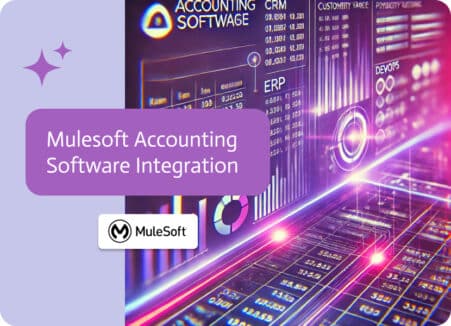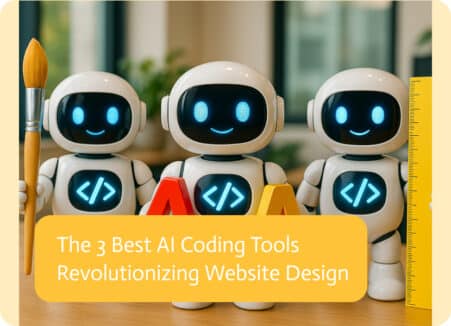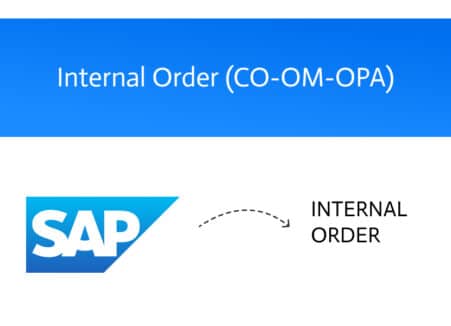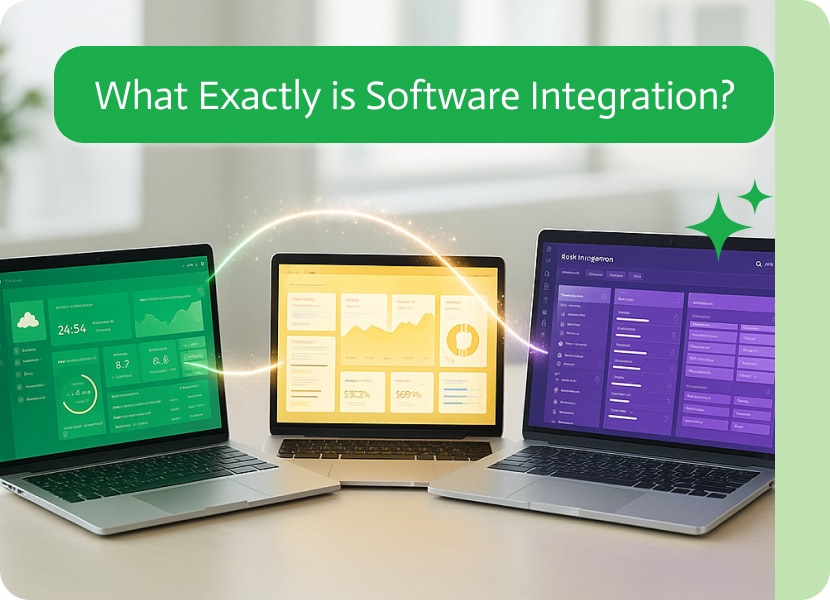
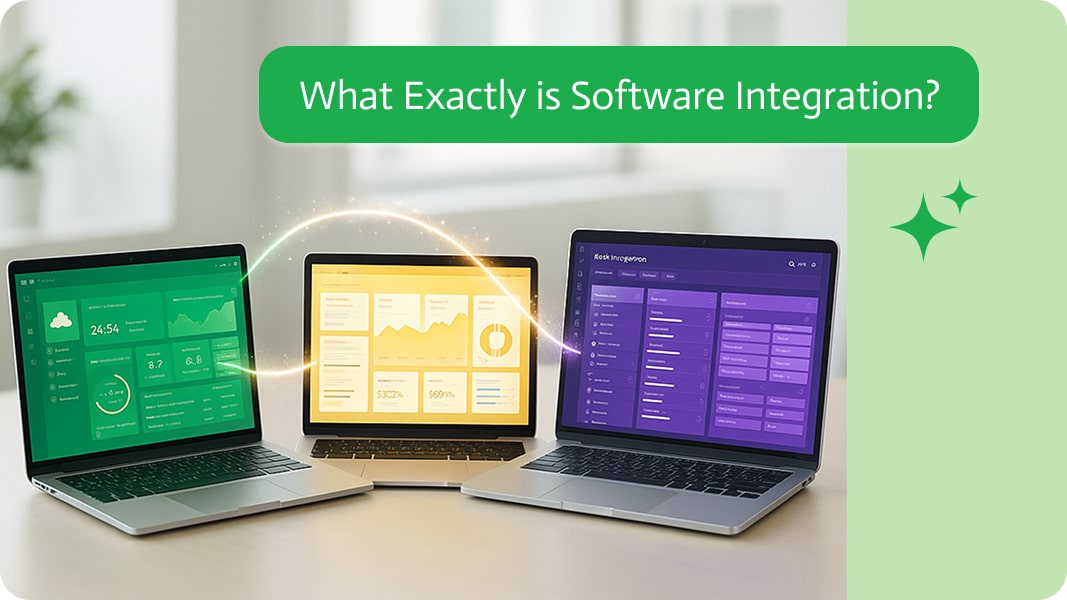
What Exactly is Software Integration?
In simple terms, software integration is the process of making different software systems work together like they actually enjoy each other’s company. It’s how your sales platform sends updates to your warehouse, how your marketing tools talk to your customer database, and how your spreadsheets start doing actual work.
At this point, low-code/no-code tools have been adopted, cloud-native everything exists, and artificial intelligence is rising. Integration has evolved from a nice-to-have to a must-have instrument for every business.
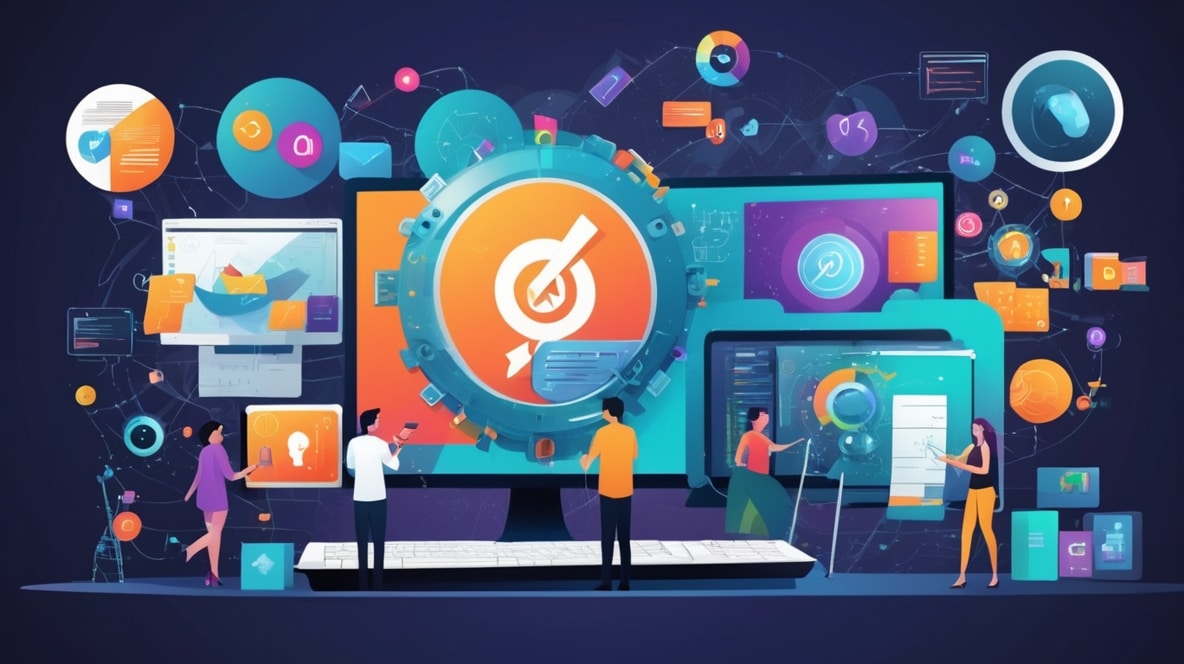
So, What Are The Benefits of Software Integration?
You may think you’ve got it all under control, and you’re doing just fine with that one IT guy handling everything in the digital realm of your business.
Well, let’s just have a quick look at how software integration can change your life:
No More Double Data Entry
Integration will preserve your sanity if you’re still copying and pasting client information between systems like it’s 2007. By automating data transfers between systems, you can minimize human error and free up more time for your team to work on real tasks.
Better Decision-Making
When your tools share information, you get a fuller, real-time picture of what’s going on. Imagine trying to run a business with one eye closed and an earplug in; well, that’s unintegrated software. Integration gives you both eyes, both ears, and maybe even a bonus sixth sense for customer churn.
Increased Efficiency
No one likes waiting for Karen from Accounting to send over last week’s numbers. With integration, systems update each other automatically. It’s like having coworkers who never forget, never sleep, and don’t need coffee breaks.
Improved Customer Experience
When your sales, support, and fulfillment systems are connected, customers get faster responses, more accurate info, and fewer “Sorry, we didn’t get that update” moments. Happy customers = repeat customers.
The Difference Between Software Integration & System Integration
Software integration is making individual applications communicate with each other. It’s usually done using APIs, plug-ins, or built-in connections.
- Connecting Slack with Google Calendar.
- Syncing Salesforce with Mailchimp to send newsletters.
- Allowing your customer service platform to pull data from your CRM.
System integration is basically combining IT infrastructure by coordinating between legacy systems and new tech, to ensure hardware, operating systems, storage, security, and software work together effectively.
- Integrating hospital management systems with lab equipment and patient databases
- Connecting factory machinery with inventory systems and enterprise resource planning (ERP)
- Merging the entire tech stack of two companies after an acquisition
Types of Software Integrations
API Integration
Application Programming Interfaces are basically translators for apps that politely ask one system to share data with another. When your e-commerce site updates your inventory system every time someone buys something, that’s an API at work.
Data Integration
This refers to when data from multiple sources is consolidated into one central system, like a data warehouse or lake (which is just a giant spreadsheet). The goal is to give you one clean, organized source.
Process Integration
Here, the focus is on making workflows span multiple systems. Say your HR software kicks off an onboarding sequence that updates payroll, sets up email accounts, and schedules training. That’s process integration, and it’s the only way to keep new hires from wandering the office looking confused.
UI Integration (User Interface Integration)
This is when systems are combined on the front end so users don’t have to jump between a dozen apps. Instead, they get one dashboard that pulls info from various places, making life that much easier.
Middleware Integration
Middleware, as the name would suggest, basically sits between apps and handles translation, routing, and data mapping. If your systems are like a band, middleware is the sound engineer making sure everything syncs.
Common Integration Scenarios
Customer Relationship Management (CRM)
Your CRM is the brain of your operation; integrating it with your email tool means you can automate campaigns. Connect it to your support software, and your agents know who’s calling and what they bought.
- Integrate with email marketing to trigger personalized campaigns automatically, like when you get a new sign-up.
- Hook up sales platforms so your sales team gets notifications on new leads and even get revenue forecasts in real time.
- Your CRM can be connected to various help desk platforms. This allows for quicker resolutions of issues and can even identify patterns, such as what products get the most inquiries.
E-commerce Platform
Running an e-commerce business isn’t just about having a beautiful store. You need to make sure the entire back-end system runs well too. When systems aren’t talking to each other, you’re left drowning in spreadsheets and costly errors.
- Inventory management systems keep stock levels accurate across warehouses and sales channels. This ensures you’re never overselling or running out of stock, as you’ll be notified in real-time
- Shipping tools automatically generate labels, calculate real-time shipping costs, track deliveries, and notify customers. Integrations with carrier APIs streamline the entire shipping workflow.
- Payment gateways securely process transactions and reconcile them with financial records. Solid integration will reduce errors and improve checkout speed.
- Accounting software allows you to sync orders, refunds, fees, and taxes with various platforms so your financials stay clean, audit-ready.
Project Management Tools
Keeps everyone aligned. Want to assign tasks based on new leads? Set deadlines that show up on your calendar? Get Slack notifications when something’s overdue? Integration makes that happen without five different logins.
- Integrate with Slack so you don’t have to constantly check your project management tools. Get instant notifications and trigger automated messages to save time.
- Linking your PM tool calendars automatically syncs task updates. It allows you to see the availability of team members across the board to schedule meetings and notify them of checkpoints.
- File storage integration: Connect tools like Google Drive or Dropbox so that you can attach files and decks directly to tasks or milestones. It also allows you to preview files without having to leave your project management tool.
- Connecting your CRM to your PM tools ensures a seamless process from sales to delivery. Automatically generate project checklists or trigger automated updates on task lists.
SaaS is the updated junk drawer.
These days, there is an app for everything you could possibly imagine, most likely 50 or more. The average company today utilizes more SaaS than it has ever done, and this trend will only get bigger.
Everything these days exists in a cloud bubble, including HR, consumer reviews, and those strange lunch-ordering tools in your company. While native integrations help SaaS providers show consideration in this regard, in all honesty the directions seem to come straight from IKEA, they seem useful until you’re three hours in and screaming at the instruction manual.
Businesses are coming to the realization that even with the best SaaS tools, they will require a tech expert to help them sync. Integration has evolved into more of the main plot and is no longer merely a side quest. You have to integrate or perish when every team, from marketing to operations, requires data sharing between their apps.
Noca AI enters the fray at this point. You won’t require a group of IT specialists to work around the clock to make sure all of your apps function together flawlessly, thanks to its suite of readily integratable tools.
Integration Methods
Point-to-Point Integration
This is works by connecting two different software systems without the need to use an intermediary. System A will talk to system B by using webhooks, API’s and database connections. Each connection is custom-built and easy to set up for smaller systems.
It doesn’t handle scaling well, which will often result in what we like to call a “spaghetti mess.” As the number of integrations increases, it becomes more difficult to maintain.
Native Integration
This is a built-in connection between two software systems that is maintained and supported by the software vendors. It is regularly updated and requires a minimal setup, providing a stable connection.
Native integrations are not flexible and will often not support custom workflows.
Enterprise Service Bus (ESB)
This is a type of middleware that acts as a central hub that manages communication between numerous applications or services in a complex environment. Unlike native and point-to-point integration, which works by connecting each system directly to every other system, all systems plug into the ESB.
The ESB not only routes data but also converts it into the required format. It connects systems by using different communication methods, such as HTTP, and coordinates multi-step business processes.
Because it’s a centralized control system, it is easy to manage, however, it is far more complicated to set up and can become a point of failure if not managed properly.
iPaaS (Integration Platform as a Service)
iPaaS is an enterprise-level cloud-based orchestration tool that connects different applications and data sources without having to build and manage complicated integrations from scratch. It’s the middleware in the cloud, allowing the connection between the cloud and on-premise systems. Essentially, it automates workflows between apps while transforming and mapping data between formats.
There is little to no coding needed, and it scales easily. It provides centralized monitoring and management and will usually come with built-in security, compliance, and version control.
There are essentially three tiers when it comes to iPaas:
- No code for everyday users provided by Zapier or Make.
- No code for enterprise customers such as Noca AI and Workato.
- Low code for enterprise customers like Mulesoft and Boomi
iPaaS increases efficiency and speed at scale while reducing not only human error but labour as well. With that being said, the initial setup process is complex, which is not beneficial for small businesses.
Common Challenges of Integrations
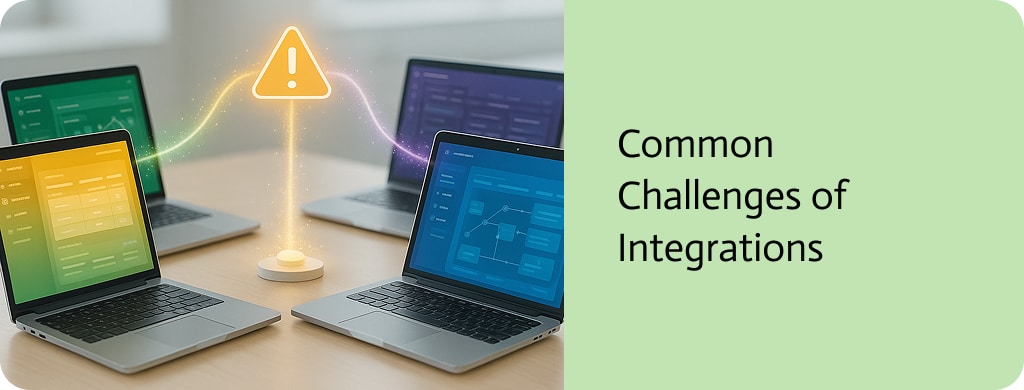
Compatibility Issues
Trying to integrate legacy software with newer systems can feel like forcing a conversation between a smart speaker and a rotary phone because legacy software, in particular, frequently lacks modern APIs.
Common symptoms:
- Constant format mismatches (XML vs JSON)
- Incompatible authentication methods
- One app speaks REST; the other wants SOAP like it’s 2003
- Vendor documentation written in cryptic haiku
Data Silos
You’ve got data in five places, sales, marketing, support, accounting, and the secret Excel spreadsheet only Denise knows about—and none of them are talking to each other.
This usually happens when departments choose tools independently or when legacy systems just don’t support data sharing. This could result in multiple versions of “truth,” inconsistent customer records, and analytics dashboards that are like lucky packets.
Common symptoms:
- No unified customer view
- Duplicate entries and conflicting records
- Manual workarounds (read: spreadsheets everywhere)
- Analytics become guesswork instead of insight
Security Concerns
Connecting data highways between apps is what software integration is designed to do. More highways increase the likelihood that something will go off the rails.
Each integration point has the potential to be vulnerable, which could mean you’ve just given cybercriminals a free pass if data is being transferred without encryption or if access permissions aren’t strictly monitored.
Common risks:
- Insecure APIs exposing sensitive data
- Authentication loopholes are letting the wrong people in
- Third-party integrations with weak security could drag the whole system down with them
- Over-permissioned users that could inadvertently gain uncontrolled access.
Costs & Complexity
Software integration often sounds like a quick win until you realize that custom work means developers, time, testing, debugging, and sometimes, tears. Especially if your software wasn’t designed with integration in mind.
APIs change, and apps update. That integration you launched last quarter? It might break next Tuesday because the vendor decided to change their data structure and told no one.
Hidden costs:
- Developer time (initial and ongoing)
- Licensing fees for middleware or connectors
- Testing and QA cycles
- Training your staff to use the newly connected system without causing a meltdown
The more complex the integration, the more you’re relying on fragile chains of dependencies. One link breaks, and your system goes down like a house of cards.
Implementing iPaaS is not only the most effective method of software integration it has proven to be the most cost-effective, not to mention the simplest way of streamlining your company to ensure you’re setup for the future.
High-Code or Low-Code? Try No-Code
Developers and regular people are no longer at odds. At last, integration platforms are changing and recognizing that they must serve both parties. Regular people without coding experience can create automations and data flows without worrying about a missing semicolon, thanks to no-code tools.
AI & Integration
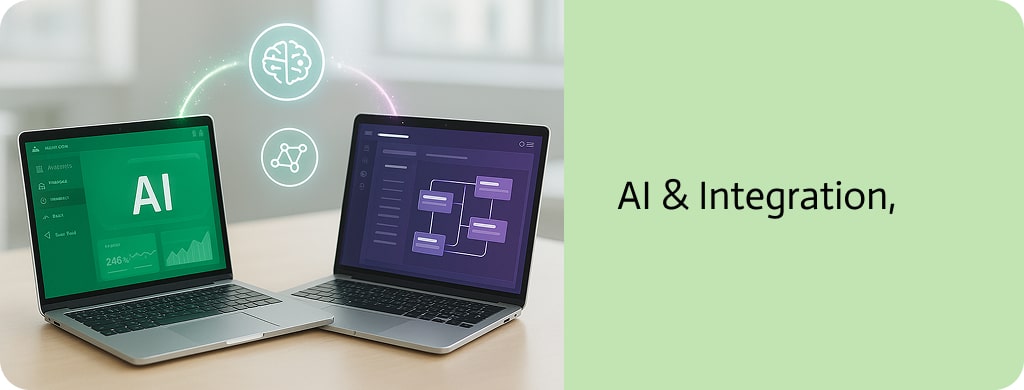
Artificial intelligence is the next logical step in our digital evolution and is here to stay, so it’s no longer just a sci-fi fantasy. Now, AI-powered copilots are integrated into integration tools, providing real-time recommendations, creating integration flows, and easily providing you with data mappings.
With Noca AI you’re now able to type “connect HubSpot to NetSuite and alert sales if anything breaks.” Your AI best friend will simply complete it, just the final product with no late nights, no code, no fuss.
These days, we have agentic AI—small digital assistants that can plan and carry out entire workflows on their own, rather than just helping with baby steps. When you make a mistake, they will diagnose the problem, redirect data, and even add a passive-aggressive remark.
Final Thoughts
Software integration is more than just a fancy word, it’s the backbone of your company’s operations. It’s the glue that holds your digital operations together, from connecting e-commerce to inventory, marketing to sales, or your CRM and support platform.
Although there are some challenges along the way, such as compatibility issues, data silos, and security concerns that make your IT staff nervous, the rewards are substantial. When integration is done correctly, it saves time, lowers errors, improves customer satisfaction, and provides you with the kind of visibility that turns decision-making into vision rather than guesswork.
Whether you’re using point-to-point hacks or riding the iPaaS wave with your AI copilots, low-code/no-code dashboards, and even prompt-to-bot automation workflows, one thing’s clear: integration isn’t optional anymore.
You don’t have to stitch your stack together with spaghetti code and midnight tears. Tools like Noca AI are here to make integration feel more like a power move than a punishment.
